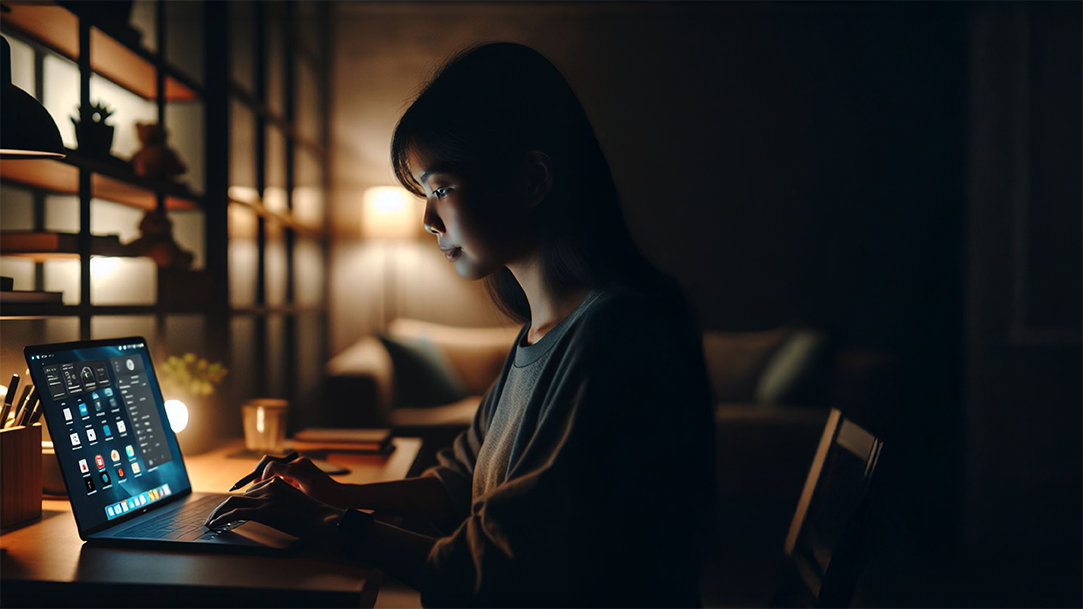
January 24, 2025
In our tech-filled lives, it’s all too easy to find ourselves lying in bed, scrolling through our devices, and wondering, “Why can’t I sleep?” If you’re struggling with sleepless nights, you’re not alone. The screens we love can sometimes keep us awake longer than we’d like. But here’s the good news: Windows 11 has some handy features that can help you create a more peaceful sleep environment. With just a few tweaks to your settings, you can turn your device into a sleep aid, making it easier to drift off and wake up refreshed.
Understanding blue light and its effects
You might not realize it, but the blue light emitted by screens can really mess with your sleep. It interferes with your body’s natural sleep-wake cycle and can suppress melatonin production, making it harder to fall asleep. By using Windows features designed to minimize blue light exposure, you can encourage better sleep.
Use Night light for better sleep
Night light is a feature in Windows that reduces blue light emission from your screen. By adjusting the color temperature of your display, it helps ease eye strain and promotes relaxation. Here’s how to enable it:
Using Night light in the evening can help signal to your body that it’s time to wind down, making it easier to transition into sleep.
Adjust your sleep settings
Windows allows you to customize sleep settings, ensuring your device doesn’t keep you awake when you want to rest.
Establishing a consistent bedtime routine can signal to your body that it’s time to sleep. Consider setting a reminder on your Windows calendar to help you stick to your schedule.

AI art created via Copilot
Utilize Focus assist
Focus assist is another useful feature that can help you minimize distractions during your wind-down time.
Use dark mode
Switching to dark mode can reduce eye strain, especially in low-light conditions. To enable dark mode:
This can make your screen easier on the eyes during evening hours.
Schedule screen time
Limit your screen time before bed. Consider setting a specific time to stop using your devices, ideally at least an hour before sleep. This helps your mind unwind and prepares your body for rest.
You can also consider changing your desktop wallpaper to something calming or nature-themed. A serene background can help create a peaceful atmosphere, promoting relaxation.
Manage notifications
Turn off non-essential notifications in Windows to minimize distractions. You can do this by:
This will help create a quieter environment conducive to sleep.
Transform your sleep routine with Windows 11
With Windows 11 features such as Night light, Focus Assist, dark mode, and more, you can easily create a sleep-friendly atmosphere that helps you unwind at the end of the day. These adjustments can make a world of difference in your sleep quality. Ready to transform your nights? Embrace the capabilities of Windows 11 and enjoy a restful sleep.



